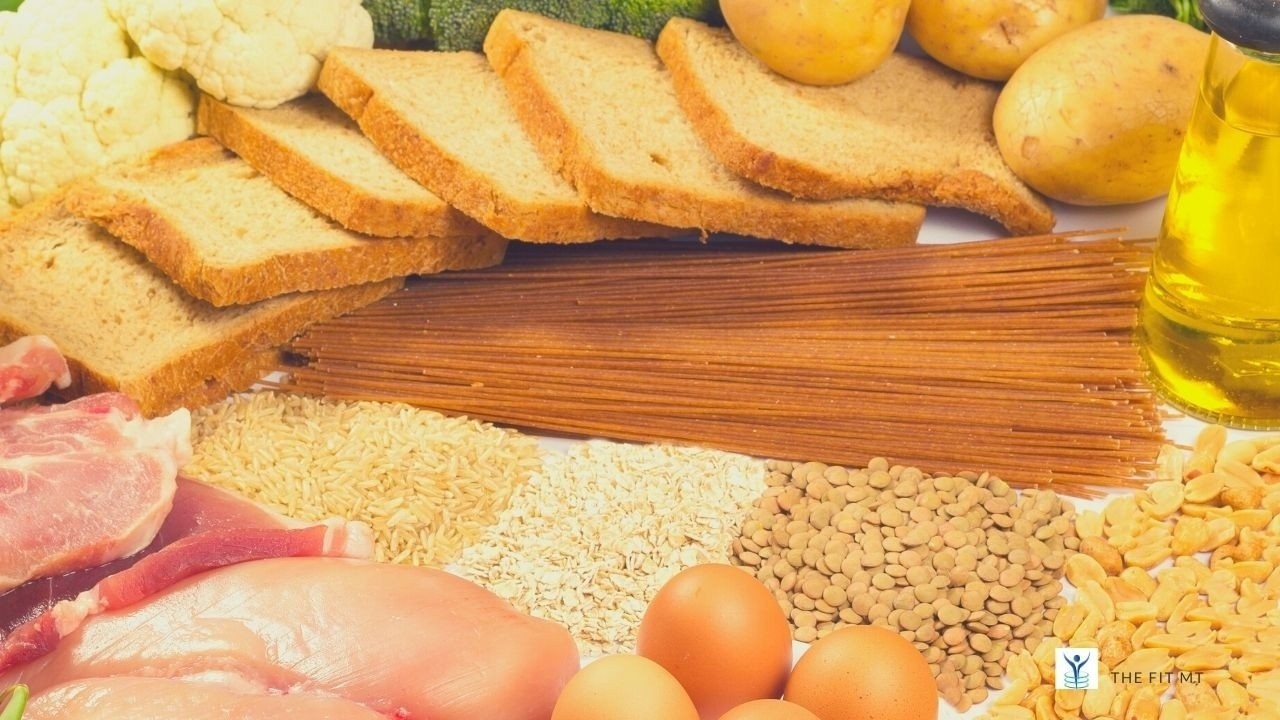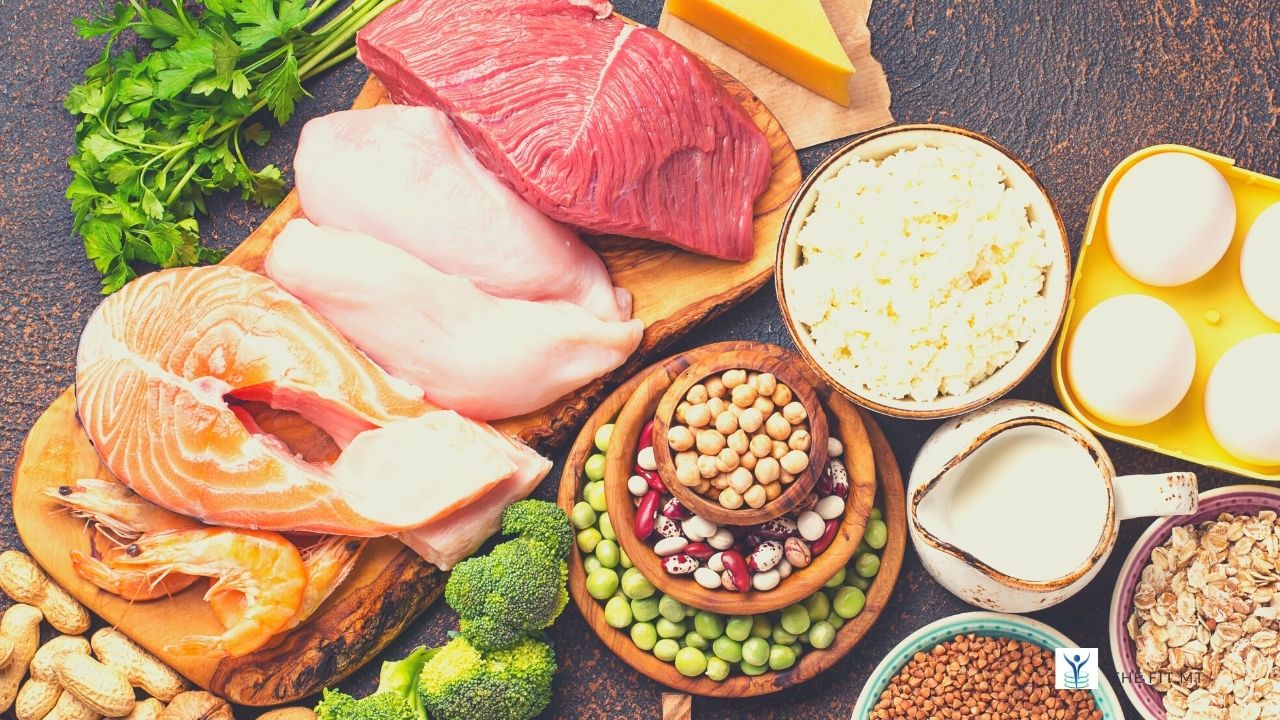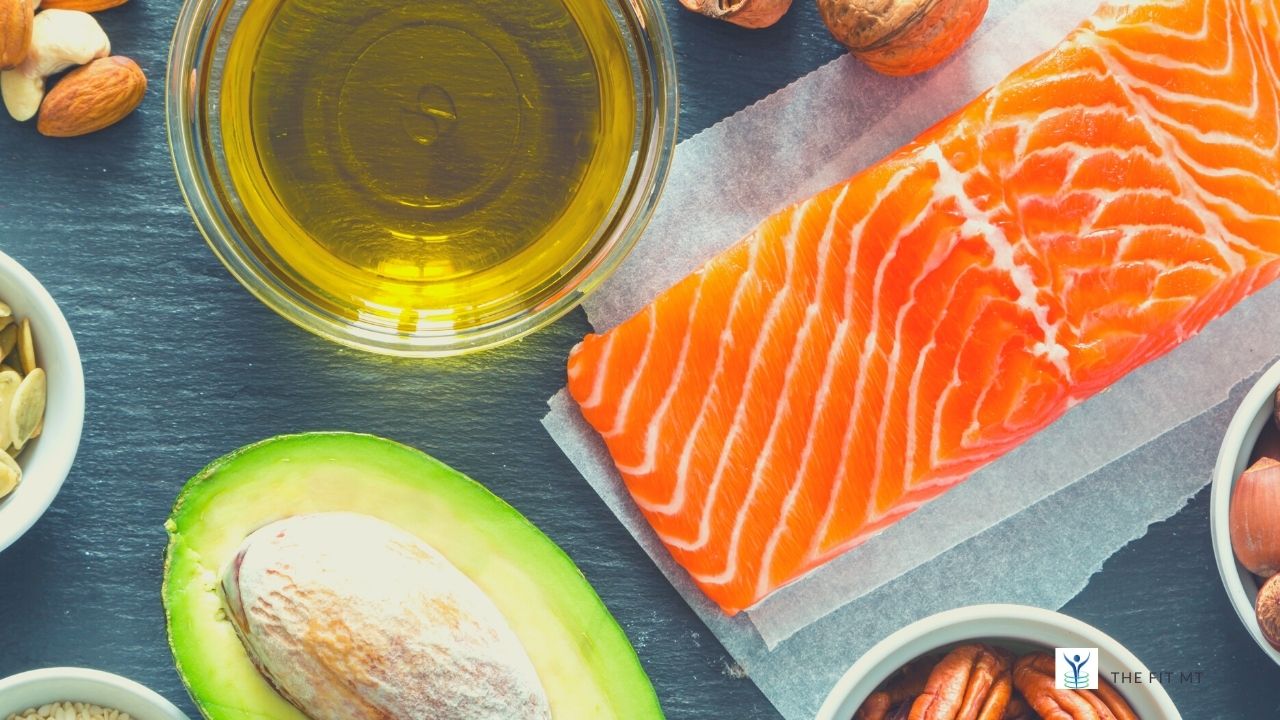TRACKING MACROS - Why and How Counting Macronutrients Works

Macronutrients became the new “counting calories” wave of the nutrition and fitness industry a while ago. The difference is the attention paid to what types of foods are eaten, in the correct amounts. We will look at what macros are, how much of each you should be eating, and which foods count for which macro.
What are macronutrients?
Macronutrients are the nutrient parts of food the body needs for energy. These carbohydrates, fats, and proteins are the nutrients you use in the largest amounts.
A healthy diet should include all three macros and with awareness eat them in the correct quantities.
Why you want to count macros:
- It can help you lose weight
- Get your metabolism revving
- Have more energy
- Stay full longer after eating
Guidelines:
Carbohydrates - 45-65%
Proteins - 10-35%
Fat - 20-35%
Pick your ratio based on body type, goals, activity level, and medical history.
If you are an endurance athlete, you will need more carbohydrates, where Keto eaters will want more fat. Just as a person with goals to lose weight will have different macro percentages than someone maintaining weight.
How to find your percentages:

Not all macronutrients are created equally. For every gram of protein and carbohydrate, your body is provided with 4 calories of energy, while fat provides 9 calories per gram.
First, you need to know how many calories you eat (or want to eat) each day. Let's use 2500 calories for this example.
Next, determine your ideal ratio. For this example, we will use 50% carbs, 25% fat, and 25% protein. (After eating this ratio for a few weeks you may decide you feel better on 40%/30%/30%, make adjustments as needed)
Multiply your total daily calories by your percentages.
Finally, divide your calorie amounts by their calorie-per-gram number.
Example: Here's how I would calculate calories for each macronutrient:
Carbs: 2,500 x 0.50 equals 1,250. I can eat 1,250 calories worth of carbs each day.
Protein: 2,500 x 0.25 equals 625, so I get 625 calories worth of protein.
Fats: 2,500 x 0.25 equals 625. I also get 625 calories comprised of dietary fat.
To calculate the actual gram amounts:
Carbs (four calories per gram): 1,250 divided by 4 equals 312.5 grams of carbs.
Protein (four calories per gram): 625 divided by 4 equals 156.25 grams of protein
Fat (nine calories per gram): 625 divided by 9 equals 69.4 grams of fat.
If you don't like math, you don't have to do all these calculations! The internet has many free macronutrient calculators that will do the math for you. Plus you can find apps on your phone. There are apps for everything right?!
How to track your macros

You can track macros through an app like My Fitness Pal or the many others available on your phone.
You can also hand-write macros into a physical journal. The method depends on your individual preference. And for our purposes, you can get a general idea by watching what makes up your meals and make small changes that will have you feeling better.
Keep in mind it’s not necessary to hit your macro targets exactly. You can still meet your goals even if you go a few grams over or under each day.
Our goal is to make better choices with food and increase the quality of what we eat. Also to watch portion sizes.
Not all Macros are created equal
There are versions of each macronutrient that are healthier than others. Obviously, 40 grams of leafy greens is different than 40 grams of cookies, but both are carbs. Both count in your daily macro intake the same. What's not the same is how each makes your body feel.
We want to choose food with a purpose. Get snobby about what you put in your body and turn your nose up to processed and chemically filled foods. A helpful tip is the fewer ingredients, the better.
Carbs

Vegetables are examples of low carbs, while potatoes are examples of higher carb options.
Complex carbs are a good way to get your macros, as opposed to simple carbs. The following are examples of carbohydrate foods.
- Grains, including oats, brown rice, and quinoa
- Whole-wheat pasta
- Whole-grain bread
- Starchy vegetables, such as potatoes, sweet potatoes, and winter squash
- Fruits like berries, bananas, pineapple, and apples
- Beans, lentils, and peas
- Milk and yogurt
Proteins

- Egg whites
- Meats
- Poultry
- Fish
- Shellfish
- Tofu
- Milk and yogurt
- Protein powders
Fats

- Egg yolks
- Olive and avocado oils
- Butter
- Nuts and nut butter
- Coconut oil and coconut flakes
- Avocado
- Full-fat milk and yogurt
- Full-fat cheese
- Flaxseeds and chia seeds
- Fatty fish like salmon and sardines
Now you know what macros are and how to track them. So the next time you are choosing food you can think, "does it fit my macros?" knowing how much you've eaten that day already. This is a healthy way to eat a balanced diet and feel your best.
Until next time
Be Fit, be strong and eat your macros

Want to know the latest happenings around The Fit Massage Therapist?
Come hang with us, where we are happy and massaging pain-free.
Don't worry, your information will not be shared.




